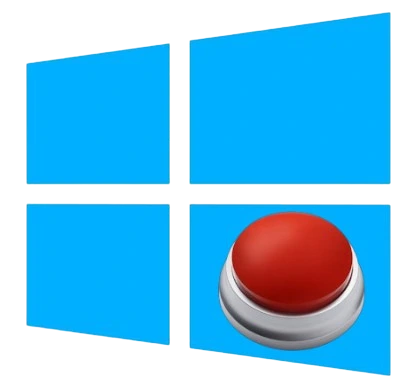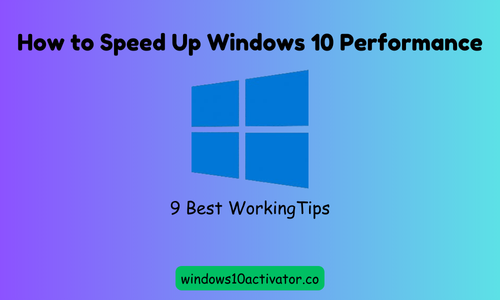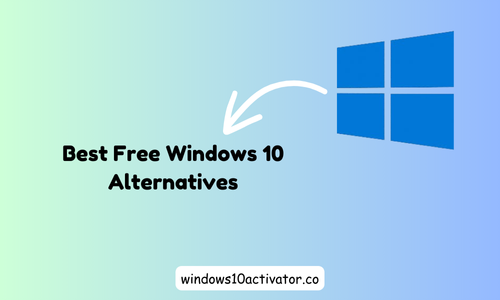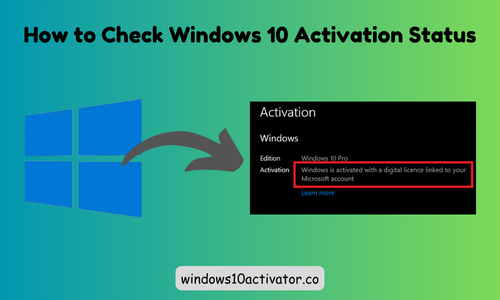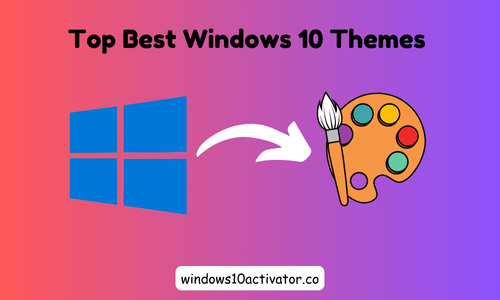Speed Up Windows 10 Boot Time: Disable Startup Programs Easily (2025)
Windows 10 may start running slower over time, particularly during startup. One common cause is an excessive number of programs launching at boot.
You can easily improve boot time and overall system performance by managing startup programs. This guide provides step-by-step instructions on identifying and disabling unnecessary startup programs in Windows 10.

Why Do Startup Programs Matter?
Startup programs are applications that automatically run when you turn on your PC. While some are essential, others consume resources and increase boot time. Programs like antivirus software or cloud storage apps may need to start with Windows, but many applications do not.
Reducing the number of startup programs speeds up boot time, reduces memory usage, and improves overall system responsiveness.
Still not satisfied with your PC performance? Check out our detailed guide on How to Speed Up Windows 10 Performance.
How to Manage Startup Programs in Windows 10
1. Using Task Manager
The easiest way to manage startup programs is through Task Manager:
- Open Task Manager – Press Ctrl + Shift + Esc or right-click on the taskbar and select Task Manager.
- Go to the Startup Tab – Click the Startup tab to see a list of programs that launch at boot.
- Check the Impact – Look at the Startup Impact column. Programs are categorized as High, Medium, or Low impact based on their effect on boot time.
- Disable Unnecessary Programs – Right-click any program and select Disable to stop it from launching at startup.
Disabling a program does not uninstall it. You can still run it manually when needed.
2. Using Settings (For Apps with Background Tasks)
Some apps run background tasks that can also slow down boot time. To manage these:
- Open Settings (press Win + I).
- Go to Apps > Startup.
- Toggle off unnecessary applications to prevent them from launching automatically.
3. Using MSConfig (For Advanced Users)
For more profound control, use the System Configuration (MSConfig) tool:
- Press Win + R, type msconfig, and hit Enter.
- Go to the Services tab.
- Check Hide all Microsoft services to avoid disabling essential system processes.
- Uncheck unnecessary third-party services and click Apply.
4. Using Third-Party Tools (Optional)
If you want more control, third-party tools like CCleaner or Autoruns provide detailed insights into startup programs. These tools allow you to safely disable, delay, or remove startup items.
Best Practices for Startup Optimization
- Keep essential programs only – Allow only necessary applications to run at startup.
- Update Windows and drivers – Keeping your system updated ensures better performance.
- Scan for malware – Some malicious programs slow down startup by running in the background.
- Limit background apps – Go to Settings > Privacy > Background apps and disable unnecessary ones.
Conclusion:
One of the simplest ways to improve boot time in Windows 10 is by managing startup programs. Disabling unnecessary startup applications can significantly enhance boot speeds and overall system performance. Take a few minutes to optimize your startup settings and enjoy a faster, more responsive, smoother Windows experience.
